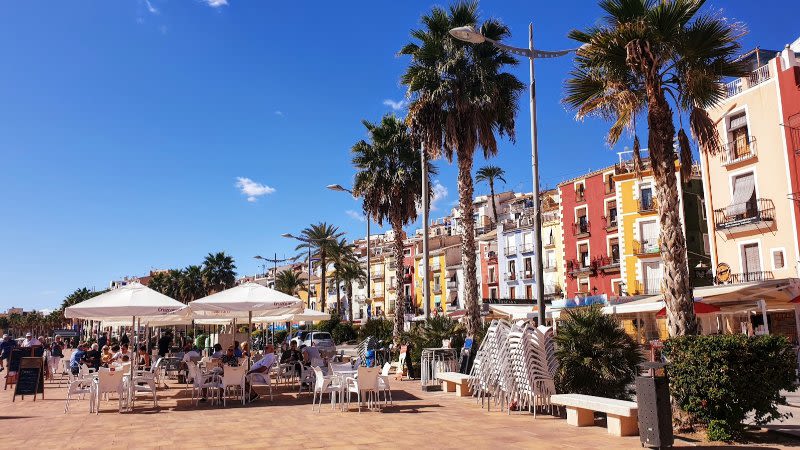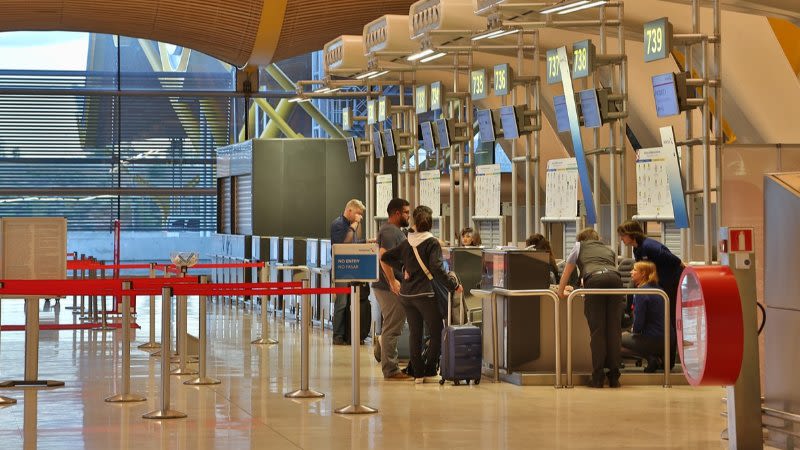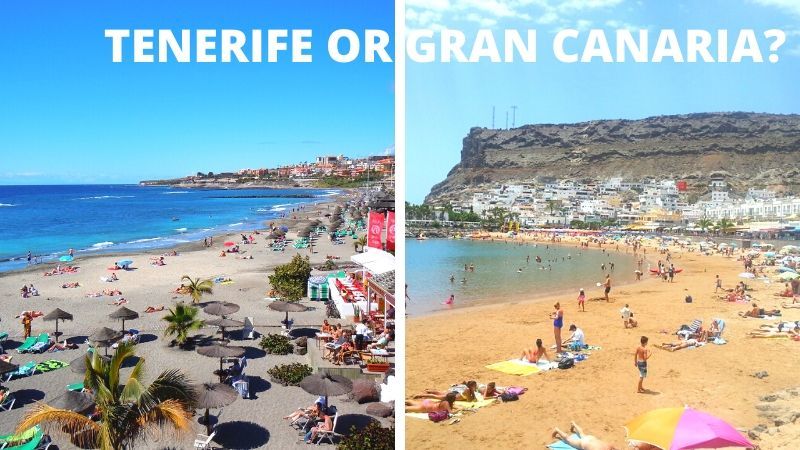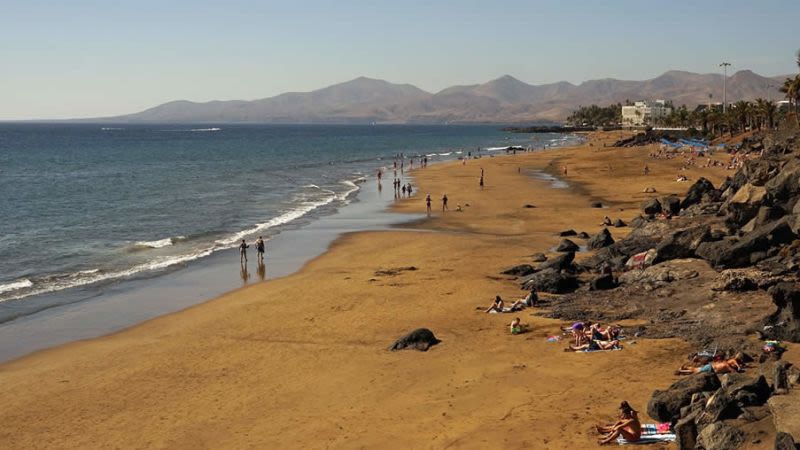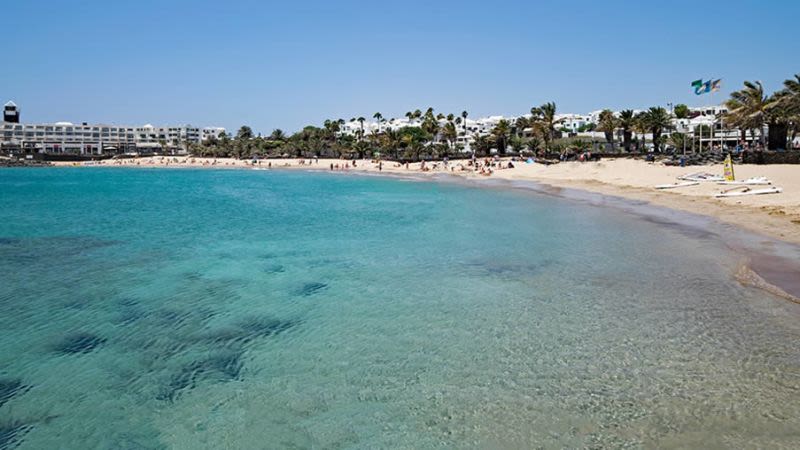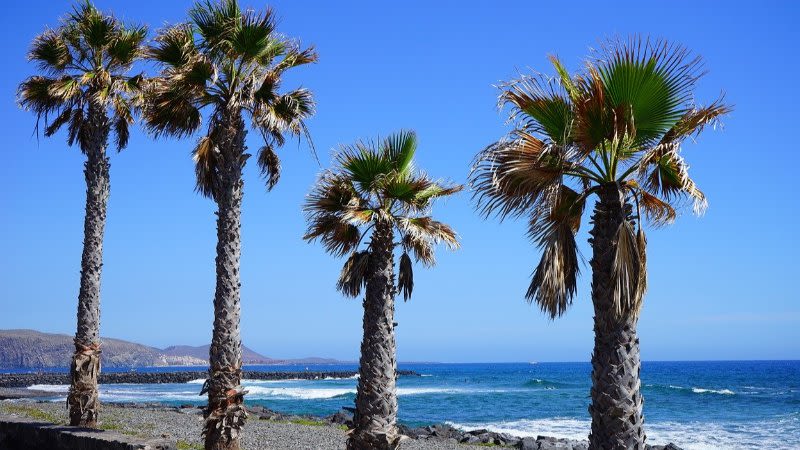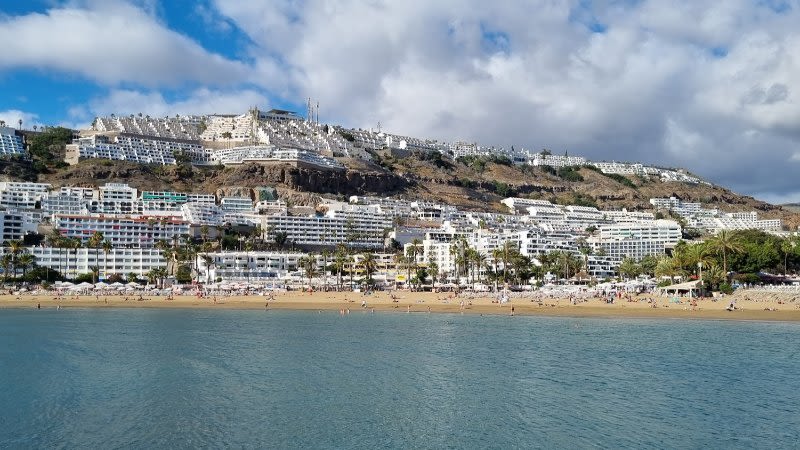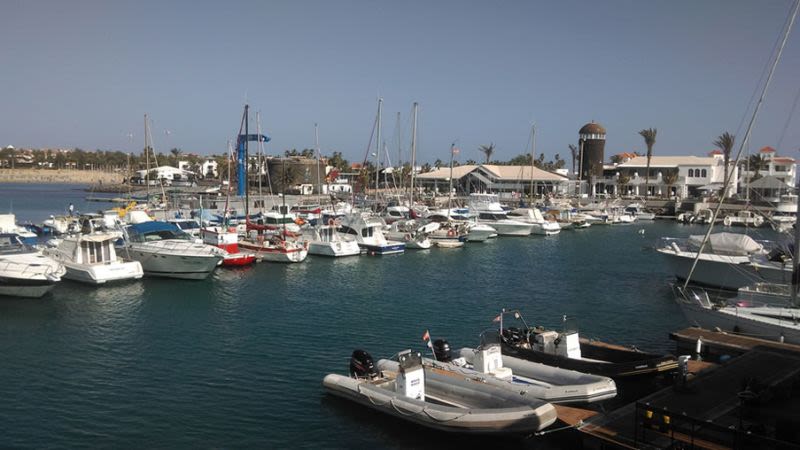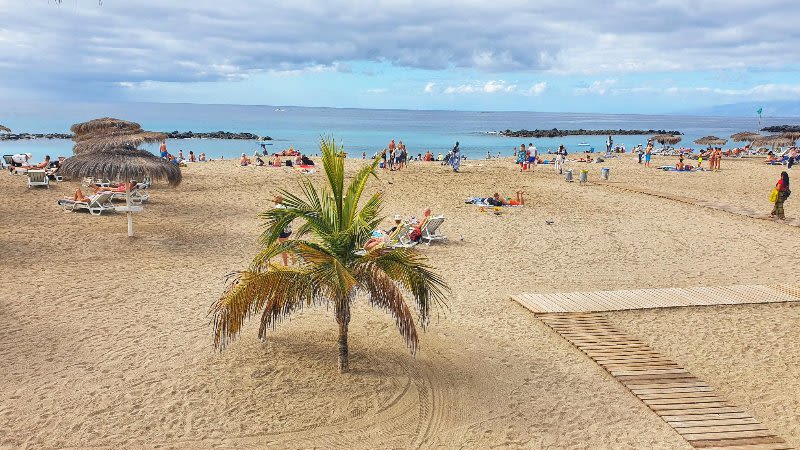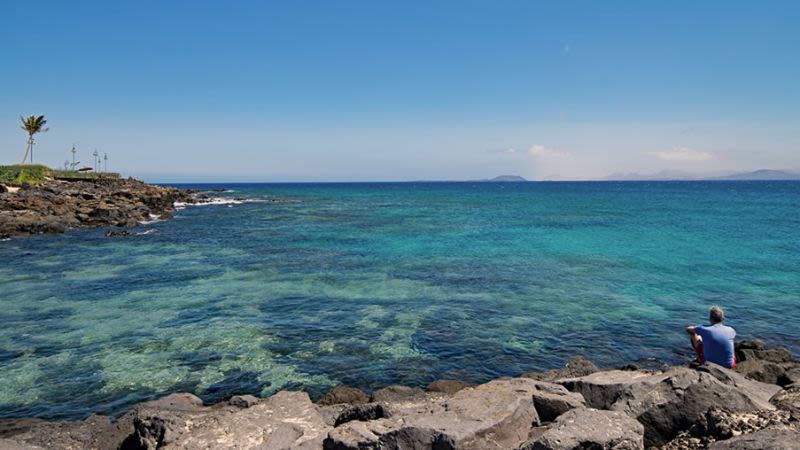Pollution in the Canaries is reduced by up to 70% during lockdown
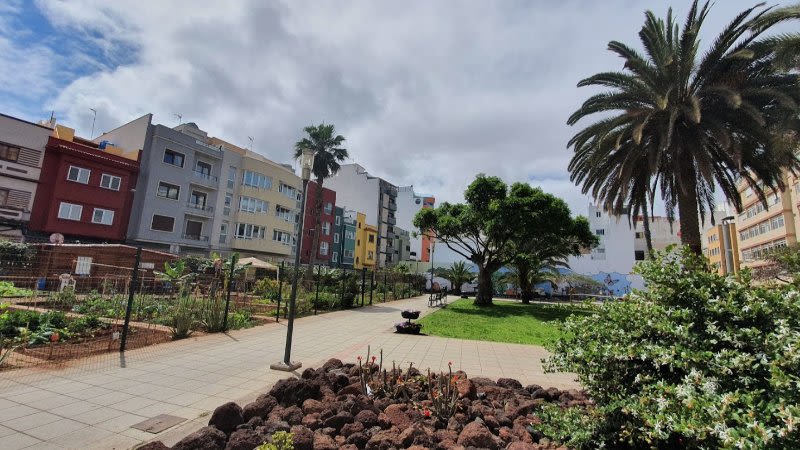
The Canary Islands Air Quality Control and Surveillance Network has announced that there is a significant decrease in NO2 in urban stations in the large cities of the archipelago such as Las Palmas de Gran Canaria or the metropolitan area of Santa Cruz de Tenerife.
The confinement decreed since last March 14 in order to prevent the spread of the coronavirus has caused a significant reduction in pollution throughout Spain, including the Canary Islands, where authorities have noticed a daily drop of up to 70% in the nitrogen dioxide (NO2) - NO2 is one of the main causes of pollution in the Canaries.
Thus, the Canary Islands Air Quality Control and Surveillance Network has checked a significant drop in NO2 in urban stations in the large agglomerations of the archipelago such as Las Palmas de Gran Canaria or the metropolitan area of Tenerife.
In this sense, nitrogen dioxide is mainly associated with the movement of vehicles, so the decrease in emissions is linked directly to the strict rules imposed by the lockdown measures.
According to data provided by the Regional Council for Ecological Transition, Fight against Climate Change and Territorial Planning, the air quality in the islands has improved since the start of the alert state, detecting a daily decrease in the concentration of NO2 between 50% and 70%, compared to the usual records from the air control stations.
This decrease is more noticeable in traffic stations, where it has reached between 80% and 90% decrease in nitrogen dioxide, a trend that has been maintained throughout the last month as well.
The variation in NO2 levels is also related to ozone (O3), a secondary pollutant that is not emitted directly, but is produced in response to the interaction of other primary pollutants and ultraviolet radiation.
In this regard, for the formation of NO2 in the atmosphere an O3 atom is consumed. Therefore, when NO2 concentration levels increase, a decrease in O3 concentrations is observed.
For this reason, an increase in ozone concentrations of approximately 10-20% has been detected by the air control stations, which is associated with a decrease in NO2 values.
Finally, with regard to sulfur dioxide (SO2), no clear relationship is observed between its levels and the declaration of the state of alarm. The technicians of the Ministry point out that this is possibly due to the fact that the values are already very low and therefore the variations are small.


